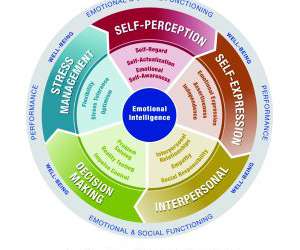20 Most Popular Posts on the Curious Cat Management Blog in 2016
Curious Cat
JANUARY 3, 2017
These posts were the most popular posts on the Curious Cat Management Improvement Blog in 2016 (as measured by page views, as recorded by my analytics application). One factor at a time (OFAT) Versus Factorial Designs (2011). How to Manage What You Can’t Measure (2010) *. Deming and Software Development (2014) *.






























Let's personalize your content